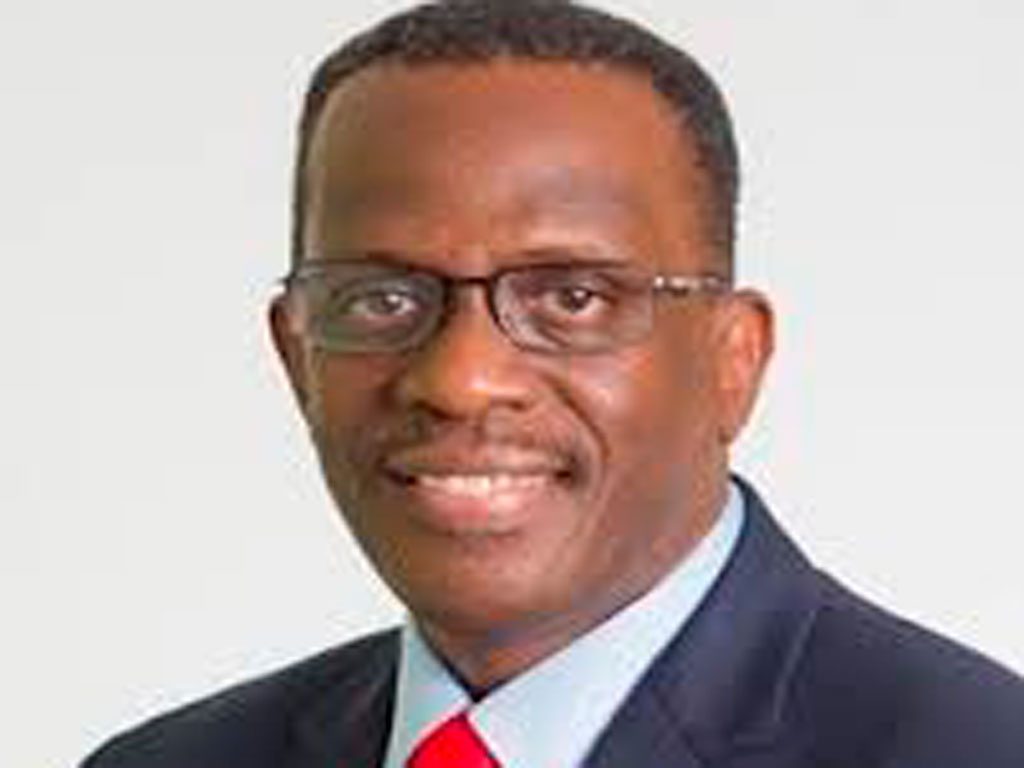By Earl Bousquet
But it’s more of the other-way-round in most Caribbean Community (CARICOM) member-states, including now-oil-rich Guyana, which still has to borrow from regional and international banking institutions.
In today’s context of developing and small-island nations globally suffering more Loss and Damage from accelerated Climate Change and Regime Change, when rich nations’ aid budgets are being cut and military expenditure continues to rise, when even the United Nations (UN) is handing-out begging bowls for humanitarian causes in the face of the rich simply getting richer and the poor poorer, it’s always necessary to not only measure budgeted estimates by numbers, but also by the factors that attend annual preparation and delivery of each by every Finance Minister and/or Prime Minister.
Prime Minister Philip J. Pierre, who took office on July 26, 2021, was a veteran in the local accounting profession who virtually lived by numbers — and can always seem to easily swim safely through any flood of figures, especially to make sense of dollars and cents.
His first two budget presentations (in 2022 and 2023) came-to-grips with the messy financial position inherited, paying-up on the biggest foreign and domestic debt any Saint Lucia government has had to handle, restoring confidence in government finances while easing public burdens, finding ways to subsidize food and fuel costs and allocate more to human and social services, paying outstanding public service salaries -and all the other regular monthly government bills.
The island’s major St. Jude Hospital, George Odlum Stadium and International Airport rehabilitation projects, based in the southern town of Vieux Fort, have been rescued, even though at great cost, while those responsible continue to talk by day and dream by night, their costly machinations being exposed every time the Prime Minister or Minister for Infrastructure have to update the nation on those projects, no matter of how-much Saint Lucian taxpayers were bled mercilessly by a government ran by a reckless wrecking crew.
After two years and nine months under Pierre, investors are returning to Saint Lucia and again showing interest in investing in Government Bonds.
The rejected opposition, unable to purchase relevancy, continues to dream of and imagine Alice in Wonderland suddenly waving a magic wand to save a sinking yellow submarine.
However, while the opposition continues inventing Fake News about the island’s Citizenship by Investment Policy (CIP), it’s been unable to (yet) find words and ways to believably challenge the revelation (by one agency in the business of weighing related benefits globally) that Saint Lucia’s CIP is third-best in the world today.
The traditional accountant in Finance Minister Pierre sifts much-more through the budgeting figures that came out of weeks and months of daily consultations, depending on his old toolbox comprising (apart from the reams and stored online files of documented reports and recommendations): a calculator, a fine-tooth comb, a fine-point lead pencil, red-black-and-blue ball-point pens, a ruler, blank and ruled paper -and carefully-selected natural hibernation potions and portions.
He then goes into the annual exile of solitary confinement to daily design the relevant tables and pen his line-item budget-address points, to be converted to power-point charts.
PM Pierre has made the budgeting business sound and seem easy, like his predecessor, PM Dr Kenny D. Anthony, so-many-times did between 1997 and 2016 and who Pierre so-well impressed and pleased as to be selected as Anthony’s Deputy Prime Minister and Deputy Leader of the ruling Saint Lucia Labour Party (SLP).
Today, Pierre has the blessings of and access to the guidance of Dr Anthony, both as a backbencher and Deputy Speaker of Parliament, alongside former PM and Finance Minister Stephenson King and with a cabinet intent on continuing to deliver on the ruling party’s election manifesto promises at every sitting of the House of Assembly.
But it’s never all as-easy-as what was seen and heard from PM Pierre as he delivered his third budget…
One can only imagine the number of migraine-sized headaches he may have had to curb to think clearly of how and where to find the figures to translate into impactful projects or services in all constituencies island-wide, to assist the most-needy, to continue subsidizing prices -but, in a nation where (like everywhere else) too-many believe it’s justifiable to fight ‘Hard Times’ by small-changing government.
Partisan arguments are being offered to justify depriving the Treasury -and from taxpayers who can afford to but still evade paying their share on earnings, to business places that collect National Insurance Corporation (NIC) and Value Added Taxes (VAT) but don’t pay-up either, to profitable service providers that automatically transfer their VAT charges to customers and clients.
Roadside vendors simply refuse to pay dues they can afford while increasingly squeezing the public off sidewalks; market vendors have grown accustomed to having their accumulated debts forgiven ahead of general elections; and tenants of government apartments meant for the poor are abusing preferential access to engage in profitable private commercial enterprise.
More people prefer to pay for false drivers’ licenses, more importers refuse to pay full costs at Customs, some who can simply refuse to pay hospital bills, government car-parks remains empty on Saturdays while drivers clog streets, recently-installed parking meters in the city look like decorations, successful small enterprises in the car-washing business source their water from public standpipes -and property owners (like market vendors) simply await the next expected government incentive-to-pay through debt cancellation. However, it’s not-at-all unexpected that, instead of seeing and/or acknowledging the crystal-clear truths behind the numbers or facts behind the figures presented by the Prime Minister, the Opposition will simply prefer to continue to ‘Dingolay’ (parting hairs and spitting in the sky with eyes wide-open), while Pierre continues accounting by showing the stark difference between simply counting dollars and cents and making dollars make sense.





